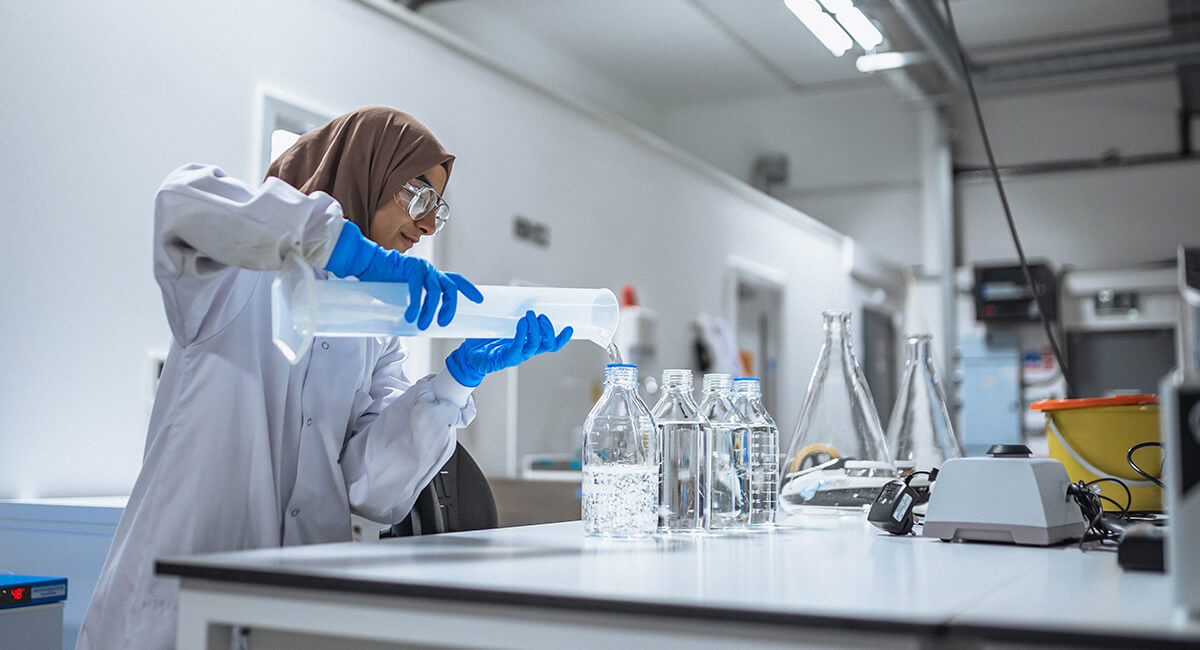Medical Device Cleaning – Everything You Need to Know
Article Summary
Cleaning procedures are critical for reusable medical devices as they reduce the risk of infection. The MDR requires that manufacturers provide evidence for the efficacy of their cleaning instructions. However, the compatibility of a device with its cleaning instructions is often overlooked, which sometimes leads to costly faults and damage.Article Contents
Medical Device Cleaning Procedures
Cleaning procedures are critical for medical devices as they reduce the risk of infection when being handled between uses. For this reason, cleaning procedures are required for all reusable medical devices, whether they are class Ir devices (reusable surgical instruments), general medical devices (such as hospital beds or blood pressure cuffs), or more specialised medical devices (such as hand-held dopplers or endoscopes). The cleaning procedure might be a standalone step (usually for lower risk devices), or prior to disinfection/sterilisation steps, and the requirements for these procedures are outlined in ISO 17664-1:2021 (for critical and semi-critical devices) and ISO 17664-2:2021 (for non-critical medical devices).
Medical Device Cleaning Validation
As required in the EU regulation 2017/745 (MDR), the efficacy of the cleaning instructions must be validated. In order to gauge the most accurate representation of the cleaning procedure, the validation experiments require the test device to be in a similar form to an actual ‘in-use’ device, to stimulate the effectiveness of the cleaning process in a ‘real-life’ circumstance.
There are two categories of cleaning processes which can be validated: automated or manual. The BS EN ISO 15883-5 standard outlines the procedure for demonstrating the cleaning efficacy of a washer-disinfector (the most commonly used equipment for general automated cleaning), but it can also be adapted to validate the efficacy of manual cleaning methods. The procedure involves a series of soiling and washing steps in accordance with the manufacturer’s instructions. The test item is then analysed via a visual assessment, as well as specific analyte evaluation such as protein, ATP, haemoglobin, etc. Read more about the process of the BS EN ISO 15883-5 standard in the IFU validation in under 4 weeks – case study.

Medical Device Cleaning Procedure Compatibility
In addition to the efficacy of the cleaning procedure, the procedure’s compatibility with the device should also be considered for assurance that the cleaning process will not impact the structural integrity or general function of the medical device. After performing the repeated manual cleaning procedure as instructed by the manufacturer, the material compatibility of the medical device is thoroughly evaluated. This evaluation can include a range of quantitative and qualitative measurements such as tactile-ness, opacity, colour, corrosion, etc. Furthermore, Test Labs offer a tailored approach where the use of specific standards are adapted to the requirements of the manufacturer’s product to deliver a more comprehensive understanding of material compatibility, for example BIFMA HCF 8.1-2017 for manual cleaning via wipes. By doing an initial evaluation of the product, taking into account the specific characteristics and any relevant regulatory requirements, Test Labs is able to go beyond the traditional ‘one-size-fits-all’ approach which is offered by most labs. Read more about our tailored material compatibility testing in the Material compatibility testing – case study.
The validation of cleaning procedures is a crucial step when evaluating the safety of a medical device for both handlers and patients, but also in maintaining the optimum performance of the device in combination with its cleaning procedure.
Accelerate your access to global markets.
Contact our team for more information on cleaning validations for your medical device and we would be happy to help you on your validation journey.
Get resources & industry updates direct to your inbox
We’ll email you 1-2 times a week at the maximum and never share your information


